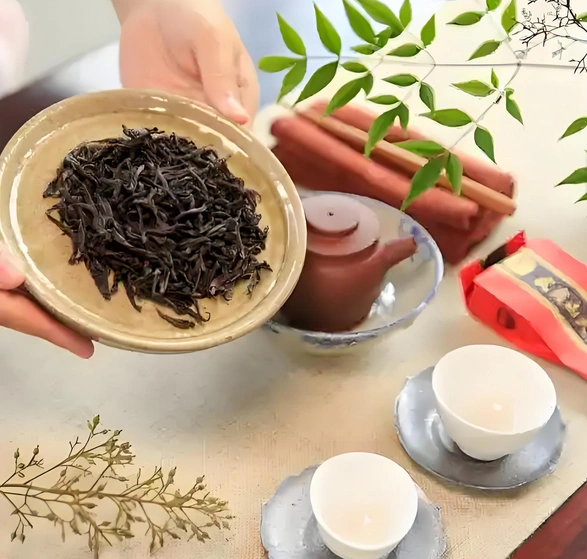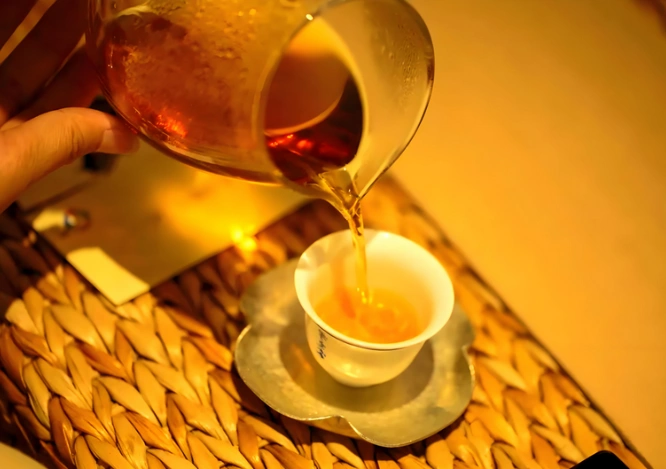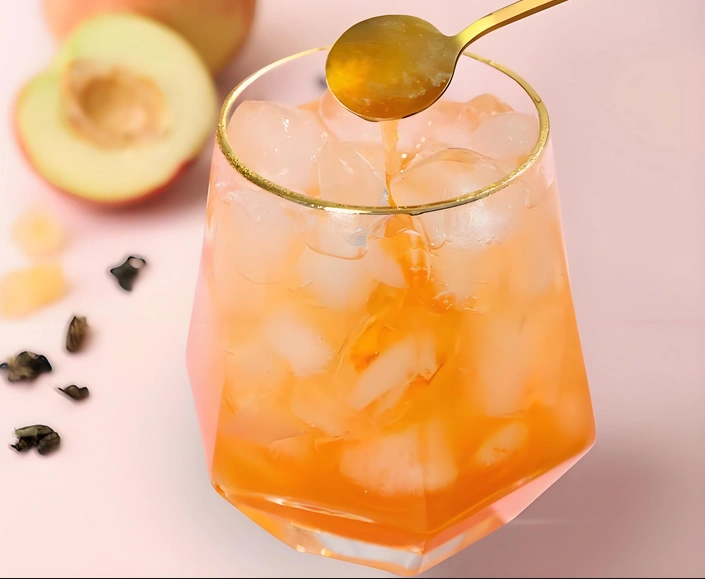Oolong tea brewing guide is your roadmap to unlocking the soul of this semi‑oxidized marvel. Picture this: warm water cascading over curled amber leaves, releasing a whisper of orchid, honey, and toasted chestnut. With each infusion, the tea blooms, revealing new layers of flavor—smooth sweetness, gentle astringency, and floral complexity. Whether you’re a casual tea lover or a dedicated connoisseur, this oolong tea brewing guide will transform your kitchen into a sanctuary of aroma and taste.
1. Why Proper Brewing Matters
A perfect cup of oolong isn’t just about hot water and leaves—it’s about precision and care. Proper brewing:
- Unlocks Full Flavor: The right temperature and timing coax out delicate floral notes without unleashing bitterness.
- Maximizes Antioxidants: Studies show tea brewed at optimal temperatures yields higher polyphenol levels, enhancing health benefits【1】.
- Ensures Consistency: A standardized method means your fifth steep tastes just as delightful as your first.
By following this oolong tea brewing guide, you’re not merely drinking tea—you’re experiencing its full spectrum.

2. How to Brew Oolong Tea Properly: Equipment & Tea Selection
Before diving into steps, gather:
- Quality Leaves: Look for whole‑leaf oolong from trusted regions (Anxi, Wuyi, Phoenix).
- Filtered Water: Minerals balance flavor; avoid distilled water.
- Teaware: A gaiwan or small teapot (100–150 ml) preserves heat and aroma. A thermometer and digital scale ensure precision.
Choosing the right tools is the first chapter in our oolong tea brewing guide.
3. Step‑by‑Step Brewing Method
Follow these steps to brew like a tea master:
- Preheat Your Vessel: Rinse your gaiwan or pot with near‑boiling water to stabilize temperature.
- Measure Leaves: Use 5 g of oolong leaves per 100 ml water (about 1 tsp per 6 oz).
- Rinse Leaves (Optional): Pour hot water over leaves, swirl 5 s, then discard—awakens aroma.
- Steep Infusions:
- First: 1 min at 95 °C (203 °F)
- Second: 1.5 min
- Third: 2–2.5 min
- Fourth & Beyond: Add 30 s per infusion
- Pour & Savor: Decant fully to prevent over‑extraction. Sip slowly, noting evolving tastes.
This sequence is the heart of your oolong tea brewing guide, yielding 4–6 vibrant cups.
4. Cold Brew Oolong Tea: A Refreshing Alternative
Hot brewing isn’t the only path. For a light, smooth experience, try cold brew oolong tea:
- Ratio: 5 g leaves per 500 ml cold, filtered water.
- Steep: Cover and refrigerate for 8–12 hours.
- Serve: Strain, then enjoy over ice.
Cold brew extracts gentle sweetness and minimal bitterness—perfect for summer afternoons or a low‑caffeine evening treat.

5. Common Mistakes & How to Avoid Them
Even seasoned tea lovers stumble. Avoid these pitfalls in your oolong tea brewing guide:
- Too‑Hot Water: Temperatures above 100 °C scorch leaves, creating harsh bitterness.
- Over‑Steeping: Leaves left too long release excessive tannins—stick to timing.
- Poor Water Quality: Chlorinated or soft water mutes flavor.
- Skipping Rinse: Without a quick wash, leaves may taste stale or musty.
By sidestepping these errors, you ensure each cup shines.
6. Oolong Tea Side Effects & Precautions
While oolong is gentle, be mindful of oolong tea side effects:
- Caffeine Sensitivity: 30–50 mg per cup—enough to lift mood but potentially disruptive if over‑consumed.
- Digestive Upset: Tannins can irritate sensitive stomachs on an empty belly.
- Timing Matters: Avoid drinking oolong within two hours of iron‑rich meals, as tea polyphenols may hinder absorption.
By understanding these cautions, you integrate oolong safely into your routine.
7. Enhancing Your Brew: Flavor Add‑Ins & Pairings
Your oolong tea brewing guide isn’t complete without creative twists:
- Honey & Citrus: A touch of raw honey and a thin slice of lemon brighten the tea’s sweetness.
- Ginger or Mint: Fresh ginger slices add warmth, while mint leaves refresh.
- Food Pairings: Try buttery scones, light fruit tarts, or almond biscotti to complement oolong’s layered profile.
Experiment to find your signature blend.

🔗 To learn more about how to make tea, check out Tanbiwencha’s YouTube video explaining how to make tea.
8. Brewing Variations: Gongfu vs Western Style
Two primary approaches:
| Style | Tea-to-Water Ratio | Steep Times | Experience |
|---|---|---|---|
| Gongfu | High (1 g:15 ml) | 6–8 short steeps (10–30 s each) | Intense, evolving flavors |
| Western | Moderate (1 g:50 ml) | 1 or 2 long steeps (2–4 min each) | Simplicity, consistent strength |
Both have merit; choose Gongfu for exploration, Western for convenience.
9. Storing & Reusing Oolong Leaves
Maximize value with proper storage:
- Airtight & Dark: Keep leaves in an opaque, sealed container away from light and moisture.
- Multiple Infusions: Good oolong lasts 4–7 steepings—taste each to track flavor shifts.
- Refresh Occasionally: Residual moisture can stale leaves; let them air dry between sessions.
Your oolong tea brewing guide extends from cup to cupboard management.
10. Conclusion & Next Steps
Our oolong tea brewing guide has walked you through the art: selecting leaves, mastering temperature, exploring cold brew, and avoiding pitfalls. Whether you’re steeping a morning energizer or a soothing evening infusion, these techniques ensure a cup that sings with complexity and comfort. Now it’s your turn: brew your next pot using these steps, share your favorite variation, and join the global community celebrating oolong’s endless charm.



